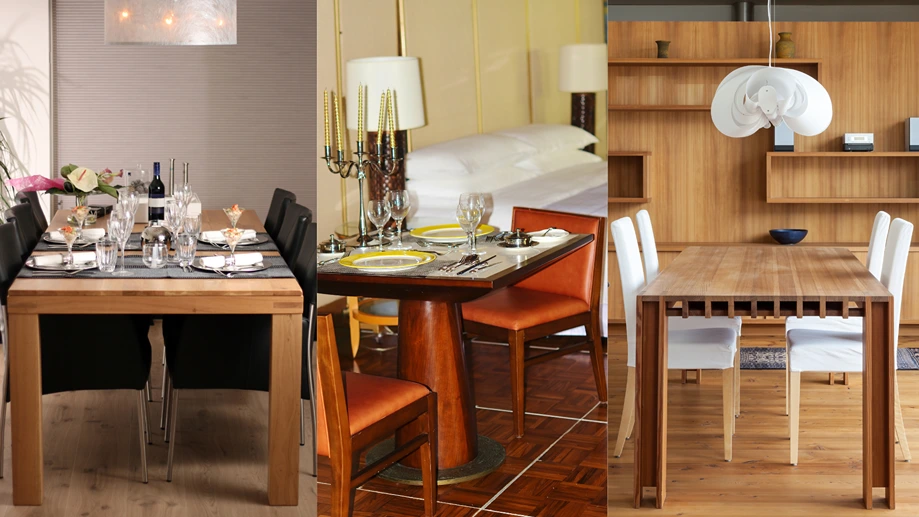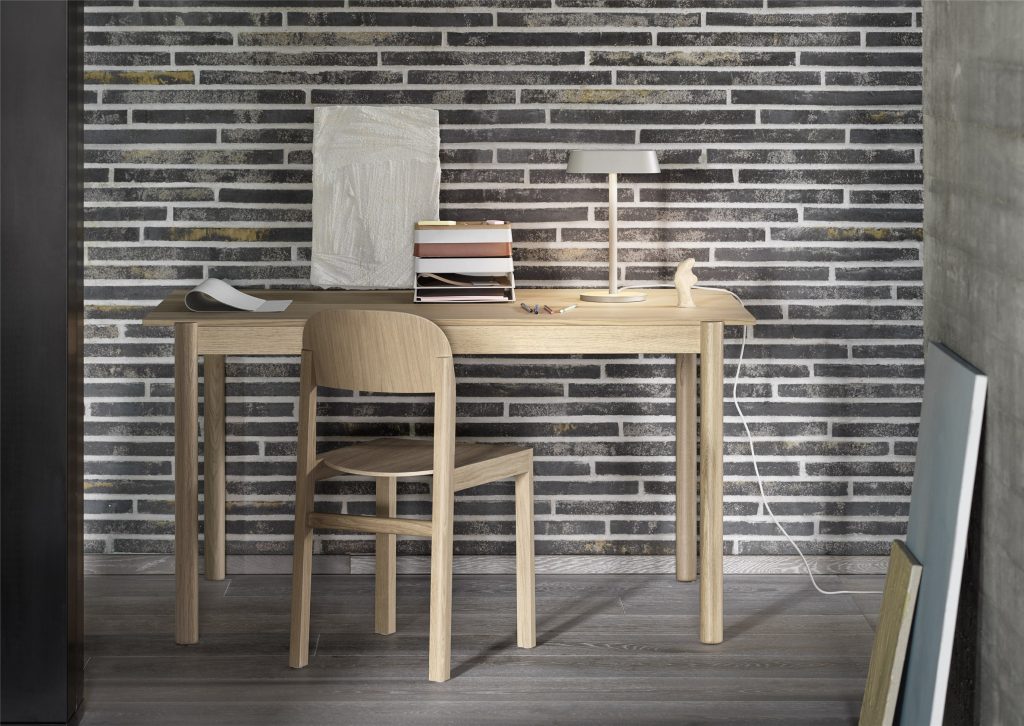
What is the Difference Between Desks and Tables
It’s common to hear these terms used interchangeably, but they are, in fact, distinct pieces with unique purposes.
At Level we aim to dispel the confusion and clearly define the differences between tables and desks, enhancing your understanding and helping you make informed choices for your commercial space.

Design and Structure of Tables and Desks
- Table: A versatile piece of furniture, often flat-topped and supported by one or more legs. Originating from simple platforms used in ancient times, tables have evolved into various forms and functions. The tables are often designed for communal activities, dining, or displaying items, tables come in diverse shapes and sizes, suitable for various settings.

- Desk: Typically, a table-like furniture piece, but primarily used for reading, writing, or working. Originally designed for reading and writing, desks have adapted to accommodate the evolving needs of work and technology. Tailored for individual use, focusing on work efficiency. They often include additional features like drawers, shelves, or technology accommodations. The choice of material often reflects the intended use – sturdier materials for heavy-duty tables, and ergonomic, functional desk designs.

Tables and Desks Functionality and Usage
- Tables – Centers of Activity: Tables are not just furniture pieces but social hubs in various settings. In homes, they’re the heart of dining rooms, hosting family meals and gatherings. In offices, they facilitate meetings and collaborative work. Public spaces like libraries and cafes utilize tables as communal areas for social interaction and individual activities.

- Desks – Personal Workstations: Desks serve as personal workstations, offering a dedicated space for tasks requiring concentration. In-home offices, they’re the centrepiece, often equipped with storage and organisational features. Educational settings utilise desks as individual study stations, where students engage in learning and writing.
Variations and Types of Deska and Tables
Tables: Variety in Function and Form
- Dining Tables: The centrepiece of mealtime gatherings, dining tables vary in shape and size, from large rectangular pieces for family dinners to compact round tables for smaller spaces.
- Coffee Tables: Often placed in living rooms, these are lower in height, and designed for accessibility and convenience. They often feature unique designs and sometimes storage spaces.
- Console Tables: Slim and tall, console tables are perfect for narrow spaces like hallways. They’re often used for decorative purposes and light storage.

Desk Variations: Catered to Specific Tasks
- Writing Desks: Known for their simplicity and elegance, writing desks offer a clear, flat surface ideal for writing or reading, often complemented by minimal storage.
- Computer Desks: Designed for digital work, these desks come with features like keyboard trays, cable management systems, and sometimes, built-in USB ports.
- Standing Desks: Growing in popularity, standing desks promote better posture and health, with adjustable heights for sitting or standing work positions.

Choosing the Right Tables and Desks for Your Needs
Choosing the right furniture, whether a table or a desk, involves thoughtful consideration of space, functionality, and ergonomics. It’s essential to assess the size of the room and the intended use of the furniture piece. A large dining table, for example, may not fit well in a compact apartment. Similarly, for workspaces, a desk’s size should accommodate the necessary equipment, like multiple monitors, if needed. Ergonomics plays a crucial role, especially for desks used for extended periods. Comfort and support should be prioritised to ensure a healthy and productive environment. For tables, the shape and size should accommodate the intended number of users comfortably. These considerations ensure that the chosen furniture not only meets practical needs but also contributes positively to the overall space and user well-being.

Maintenance and Care: Ensuring Longevity
Maintaining and caring for tables and desks is essential for their longevity and continued appeal. Regular cleaning with appropriate materials is key. For wooden pieces, use specific wood cleaners and avoid harsh chemicals. For metal or glass, gentle cleansers are best to prevent damage. Avoid placing hot or wet items directly on surfaces, and use coasters or mats to protect them. Periodically check and tighten any loose screws or hardware to ensure stability. Proper care extends the life of your furniture, keeping it functional and attractive for years to come.

Future Trends in Table and Desk Design
- Sustainability and Eco-Friendly Materials: Future table and desk designs will increasingly incorporate sustainable materials and eco-friendly manufacturing processes.
- Technological Integration: Expect to see more desks and tables with built-in technology, like wireless charging pads and integrated touch screens.
- Adaptive and Modular Designs: Furniture that can adapt to different uses and environments will become more popular, especially in compact living and working spaces.
- Ergonomics and Health Focus: Ergonomic designs that promote better posture and overall health, like standing desks, will continue to rise in popularity.
- Aesthetics and Personalisation: Customisation options allowing for personal expression in design and aesthetics will become more prevalent.
- Smart Furniture: The incorporation of smart technology for enhanced functionality, like automated height adjustment or health monitoring features, will be a key trend.

Making Informed Choices
Understanding the distinct roles and functionalities of tables and desks is crucial for making informed furniture choices. Recognising the specific needs of your space, whether it’s for dining, working, or leisure activities, will guide you in selecting the right piece. Consider aspects like the size of the room, the intended use, and personal preferences in style and ergonomics. By doing so, you can ensure that your choice serves its purpose effectively and enhances the overall ambience and functionality of your environment.

Frequently Asked Questions
Colour impacts design for commercial furniture projects by affecting the overall aesthetic, functionality, and emotional response of the space. In commercial settings, colours can influence customer behavior, enhance brand recognition, and improve employee well-being. Thoughtful colour choices can transform a commercial space into an inviting and productive environment.
Colour impacts design for commercial furniture projects by affecting the overall aesthetic, functionality, and emotional response of the space. In commercial settings, colours can influence customer behavior, enhance brand recognition, and improve employee well-being. Thoughtful colour choices can transform a commercial space into an inviting and productive environment.
Colour impacts design for commercial furniture projects by affecting the overall aesthetic, functionality, and emotional response of the space. In commercial settings, colours can influence customer behavior, enhance brand recognition, and improve employee well-being. Thoughtful colour choices can transform a commercial space into an inviting and productive environment.
Colour impacts design for commercial furniture projects by affecting the overall aesthetic, functionality, and emotional response of the space. In commercial settings, colours can influence customer behavior, enhance brand recognition, and improve employee well-being. Thoughtful colour choices can transform a commercial space into an inviting and productive environment.
Desks provide dedicated workspaces with features like storage, cable management, and ergonomic designs to enhance productivity and reduce strain.

